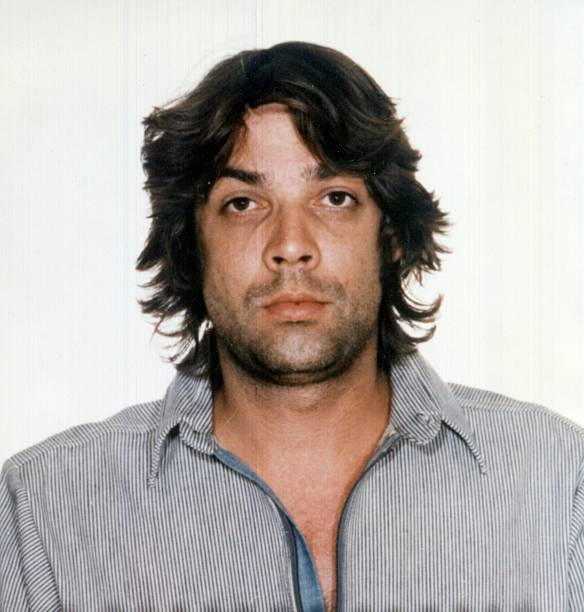Broughton, who was determined to uncover the truth about Kashfi's life, managed to have face-to-face conversations with the mysterious actress, which became the basis of her book, titled “Brando's Bride.”
The book delves into Kashfi's rise to stardom, her stormy marriage to Brando, and her subsequent downfall and disappearance.
Kashfi passed away in 2015 at the age of 80 from natural causes.
Broughton revealed that she initially reached out to Kashfi through letters but received no response.
However, as part of her research for the book, Broughton decided to visit Kashfi and share her story with her.
To her surprise, Kashfi opened the door and they spent three days talking about her life.
Kashfi, who was born in Darjeeling, India, caught the attention of Paramount Studios when she was just 18.
She was discovered by a Paramount executive at a party in London and soon found herself acting alongside Spencer Tracy in the film “The Mountain” in 1956.
She also appeared in other movies, including “Battle Hymn” in 1957.
It was during her time at Paramount Studios that Kashfi crossed paths with Marlon Brando, one of Hollywood's biggest stars.
They quickly got married in 1957, possibly due to Kashfi's pregnancy.
Broughton explained that at the time, it was scandalous for a woman to have a child out of wedlock, and Brando didn't want to be perceived negatively for not marrying the mother of his child.
However, their marriage was short-lived, and they separated in 1958 before divorcing in 1959.
The couple's separation did not mark the end of their troubles, as they battled for custody of their son, Christian Brando, for nearly 15 years.
Broughton revealed that the custody battle was well-documented in newspaper reports, with both Kashfi and Brando accusing each other of domestic violence.
The tension between them led to a public incident where Kashfi slapped Brando in front of reporters and photographers.
Despite Brando's infidelity, Kashfi tried to make their marriage work but eventually couldn't handle his behavior.
Broughton recounted that Brando often left Kashfi alone to raise their child while he pursued relationships with other women.
Their son, Christian, had a troubled life and eventually served time in prison for manslaughter.
Kashfi's final years were marked by loneliness, but she found solace in writing and painting.
Broughton described her as lively and hopeful about the future, despite enduring tragedies.
Although Kashfi didn't speak warmly about Brando, she also didn't speak negatively about him.
Broughton hopes that her book will dispel the misinformation surrounding Kashfi and present her as the survivor she truly was.
In conclusion, “Brando's Bride” sheds new light on the violent and turbulent relationship between Marlon Brando and Anna Kashfi.
Broughton's conversations with Kashfi provide insight into her rise to fame, her troubled marriage, and her ultimate disappearance from the public eye.
The book aims to set the record straight about Kashfi's life and portray her as a resilient individual who endured hardships and maintained a hopeful outlook.































